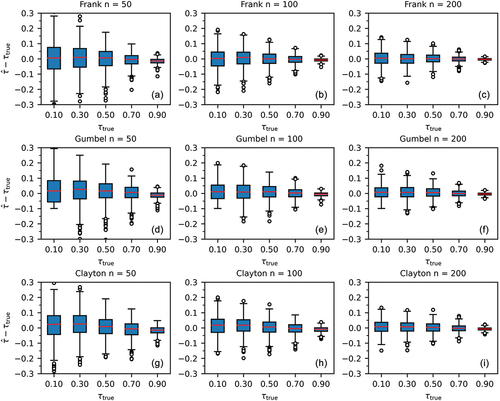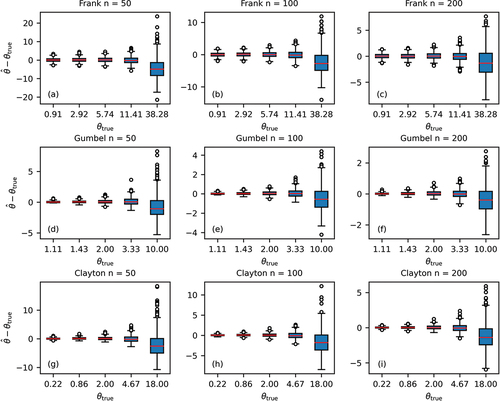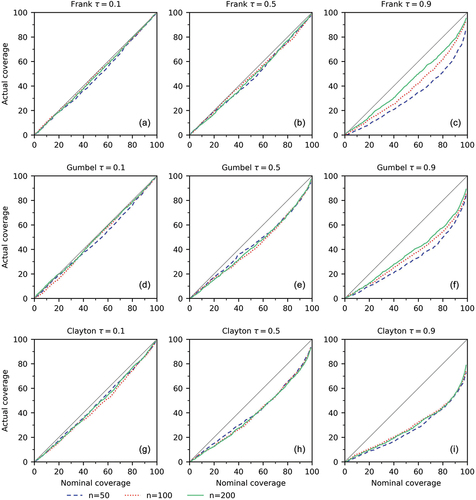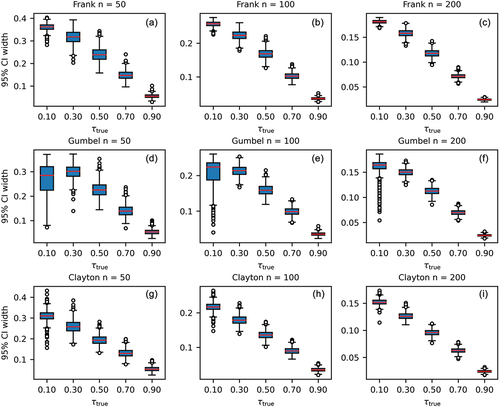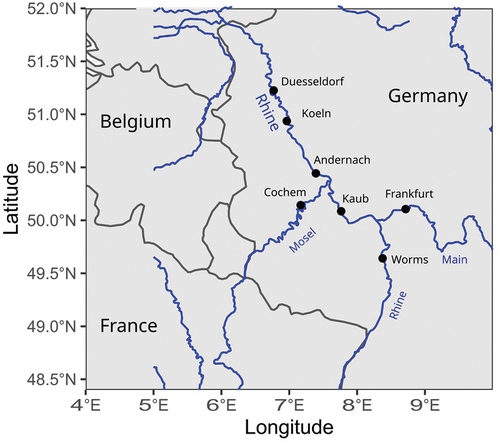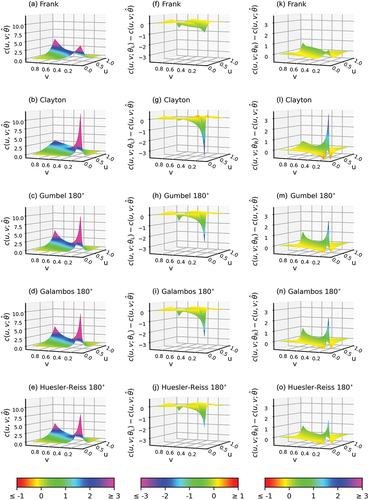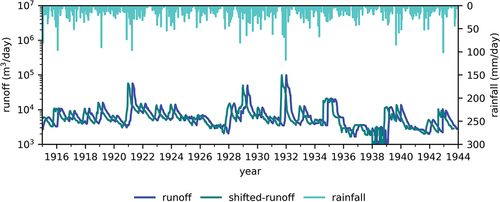Figures & data
Table 1. Parameter ranges and the relation between and Kendall’s
, where
is the first Debye function (Abramowitz and Stegun Citation1970).
Table 2. Copula parameter for given Kendall’s
.
Figure 2. Example of confidence curves for τ for one of the synthetic samples for each copula with = 0.1, 0.5, 0.9 and n = 100.

Table 3. Actual coverage probability (%) of a confidence interval with a nominal coverage probability of 95%.
Figure 7. Box plots of the difference between the true value and the estimate of τ in the synthetic experiments with n = 200.
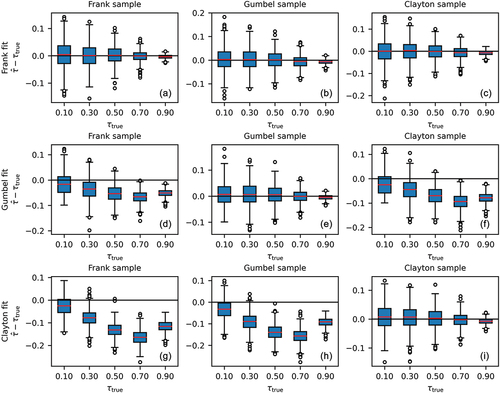
Table 4. Dependence parameters between time series and width of the 95% confidence intervals for the estimate of dependence parameter.
Table 5. Kendall’s values between time series and width of the 95% confidence intervals.
Figure 9. Confidence curves and scatter plots for pairs of stations. Discharge at the downstream station is indicated by the colour of the dots in the scatter plots.
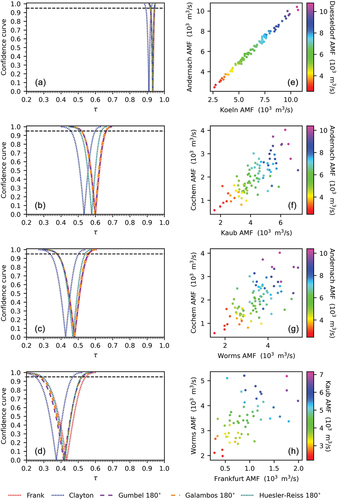
Figure 11. Location of the karst area. Both figures combine Google Map data ©2015 with material from Natural Earth.

Figure 12. The hydrograph (curve) for Nymphée spring from 1924 to 1926. The figure also contains a monthly hyetograph (bars).
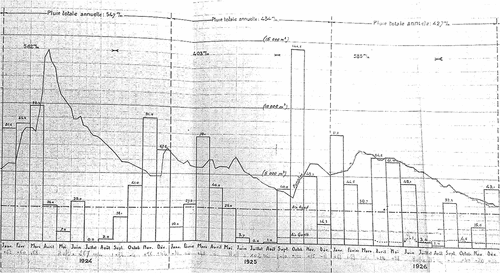
Figure 14. Kendall’s τ for different lags and confidence curves for the selected lag (CI = confidence interval).
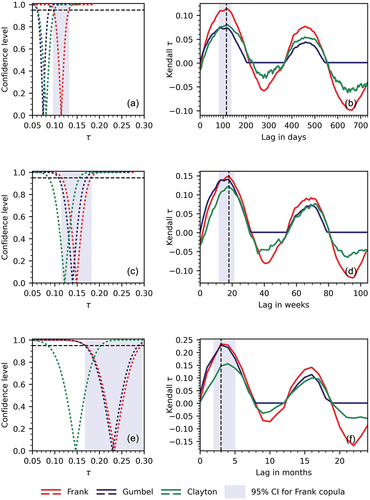
Table 6. Table of lags and confidence intervals.


